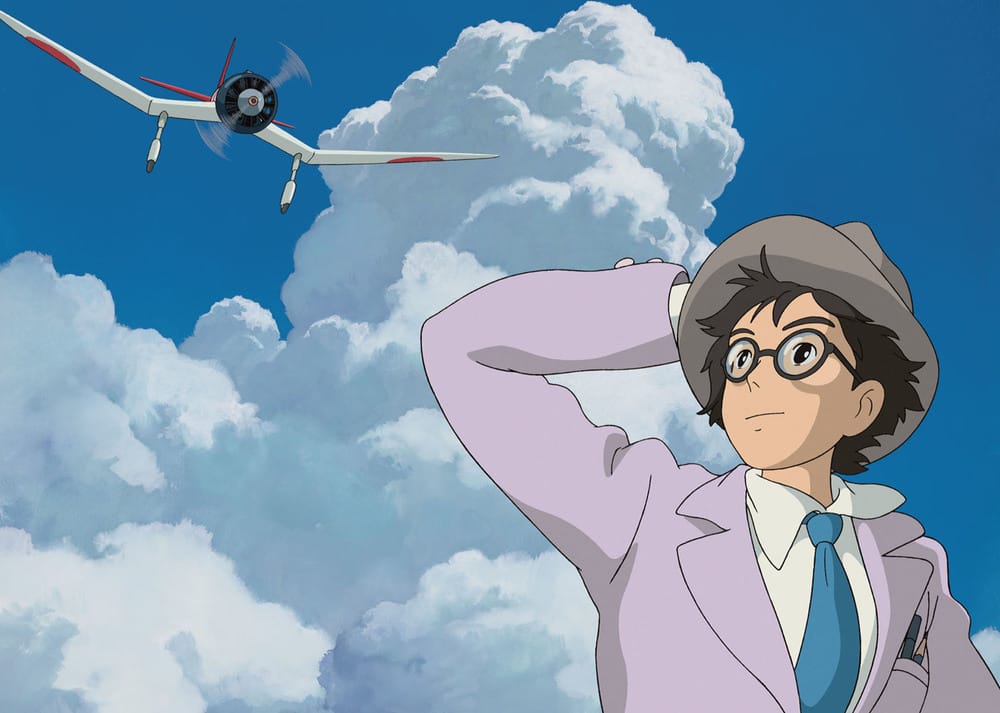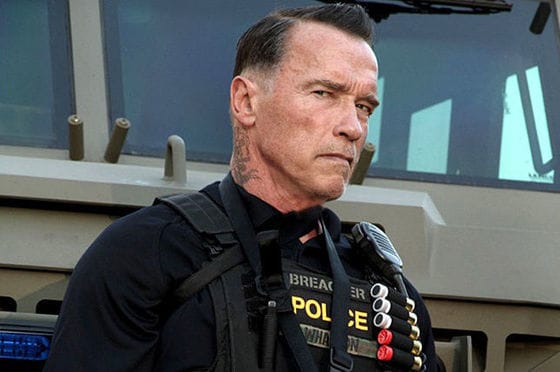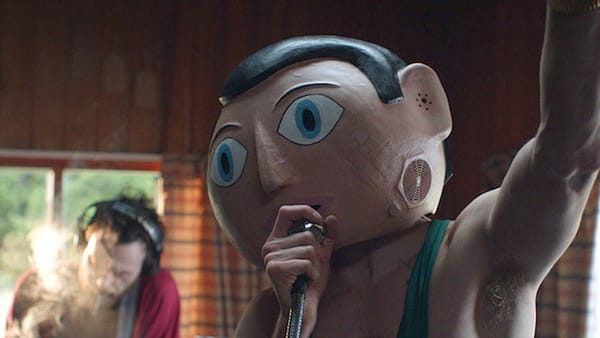Miyazaki’s swan song
Over the last decade, ever since Spirited Away rocked the box office and became the highest grossing Japanese film in history, the release of a new Studio Ghibli film has become something of ‘An Event’, bringing with it a whirlwind of excitement and speculation.

The Wind Rises
Director: Hayao Miyazaki
Writer: Toshio Suzuki
Starring: Hideaki Anno, Miori Takimoto, Hidetoshi Nishijima, Masahiko Nishimura, Steve Alpert, Morio Kazama, Keiko Takeshita, Mirai Shida, Jun Kunimura
Runtime: 126 minutes
Certification: PG
Over the last decade, ever since Spirited Away rocked the box office and became the highest grossing Japanese film in history, the release of a new Studio Ghibli film has become something of ‘An Event’, bringing with it a whirlwind of excitement and speculation. The only other studio who have managed to pull off such a feat of anticipation is Pixar, whose releases fill column inches months before they make it onto the screens. But despite all the fervour surrounding Studio Ghibli’s latest offering The Wind Rises, the mood can be nothing but bittersweet, for this is the last film to be directed by the animator par excellence Hayao Miyazaki, who co-founded the company. Leaving us with his final swan song, the departure of Miyazaki marks a loss for the entire world of cinema.
The Wind Rises tells a fictionalised biography of the Japanese aeronautical engineer and designer Jiro Horikoshi, whose creation - the Mitsubishi A6M Zero - became a symbol of the Japanese air force during the Second World War. Introducing us to a pre-war Japan, still shaking off its feudal history, Miyazaki takes us through the 1923 Kanto earthquake, the collapse of the Japanese economy, and a TB epidemic; a far cry from his earlier work, which tended to explore the relationship between man and nature, magic and reality, The Wind Rises is Studio Ghibli’s most grown up film to date.
Miyazaki was inspired to make the film by a quote from Horikoshi - ‘all I wanted to do is make something beautiful’ - which underscores the main conflict of the plot; Jiro has dreamt of designing elegant aircraft ever since he was a child, inspired by the stories of Italian engineer Caproni, but knows that his inventions will inevitably be used for destructive purposes. While this doesn’t deter him from realising his vision, the tale of Horikoshi is shot through with a deep melancholy, emphasised by a somewhat abrupt ending that dramatically illustrates the horrors of war. While it might be easy - with the gift of hindsight - to scorn Horikoshi for the damage his inventions did, the script makes sure, sometimes unnecessarily so, to let us know that Jiro was simply a creative spirit, helpless to the military-industrial complex that controlled Japan.
Seemingly worried that modern audiences may become bored with a two-hour film about the advantages of different wing designs, Miyazaki has attempted to reinforce the plot with a love story. Horikoshi, who is travelling into Tokyo by train when the earthquake hits, assists a young girl, Naoko, whose maid has broken her leg. Going back to her house a few weeks later, he finds that it has been destroyed by the fire following the quake. For most of us this is where the story would end, but this being the world of cinema, Horikoshi serendipitously runs into her again while on holiday a number of years later. Consumed by their love for one another, the pair plan to get married post haste; but then romance turns to tragedy, as it is revealed that Naoko has tuberculosis, and must live apart from Horikoshi in a sanitorium until her health recovers.
Truth be told, I felt that the film could have done without this subplot, which seemed heavy-handed and overdone; the tale of Horikoshi’s ascent from rural Japan, to university, to the Mitsubishi Company, is strong enough to hold up on its own, and the subtle drama that it contains seems to have been somewhat overlooked in favour of a flimsy romance. It is also difficult when one compares the film to Miyazaki’s other work, such as Spirited Away; although based on complete fantasy, these films have managed to explore very complex issues in a much more subtle way. In fact, the best scenes in The Wind Rises are the dream sequences, where we are put directly into Jiro’s head; it is perhaps telling that these are the scenes that most strongly resemble Miyazaki’s earlier work.
Of course, it wouldn’t be a proper review of a Studio Ghibli film without talking about the visual spectacle. It seems that Miyazaki is in a somewhat difficult situation: audiences have become so used to the incredible animation found in his films, that it is difficult to impress them further. This is not the case with The Wind Rises. It is a visual triumph, a picture-perfect animation, that still manages to amaze an audience up to their eyeballs in the latest CGI offerings. Each frame of the film is a masterpiece in miniature, with Miyazaki managing to imbue the animated characters with as much vitality and life as any ‘real’ actors. The landscapes in particular are a triumph. There are fields of grass that could be painted by Renoir, seascapes straight out of Turner’s back catalogue, Van Gogh-esce starry visions, the list could go on. It is clear that the animators who work at Studio Ghibli - where every film is still constructed largely from hand-drawn cels - are nothing short of brilliant.
While the film share the visual palate of other Ghibli films, the themes explored are a radical departure. Without sounding glib, it is normally easy to identify a Studio Ghibli film from the various thematic elements it contains: Man vs Nature (Spirited Away, Castle in the Sky, Princess Mononoke), contact with the hidden world (Howl’s Moving Castle, The Cat Returns, My Neighbour Totoro), and a plucky female protagonist (a majority of the films); all of these are recurring elements in the films, especially those of Miyazaki. Therefore, The Wind Rises marks a significant shift from the traditional elements. While it does contain some of these themes, it seems to be a much more personal film for Miyazaki, touching on the creative process, the need for beauty, and - most controversially - the dangers of war. In Japan, the film received a great deal of press after being seen as a challenge to PM Shinzo Abe, whose attempts to dismantle Article 9 of the Japanese Constitution - which renounces all forms of war - was met with direct criticism from Miyazaki himself.
Beginning with a quote from the French poet Paul Valéry - ‘Le Vent se lève! Il faut tenter de livre’ (The wind is rising! We must try to live) - The Wind Rises is a visual feast, which feels lighter than air, but has a darkness hidden just underneath the surface. Caproni says to Jiro in the film that artists only have ten years of being creative; Mr Miyazaki has managed more than 25, and his films will stand as a legacy of his genius. While it may not reach the dizzying heights of previous work such as Princess Mononoke or Spirited Away, The Wind Rises is a solid film, beautifully realised, and crafted with real heart - a fitting swan song for this titan of world cinema.








